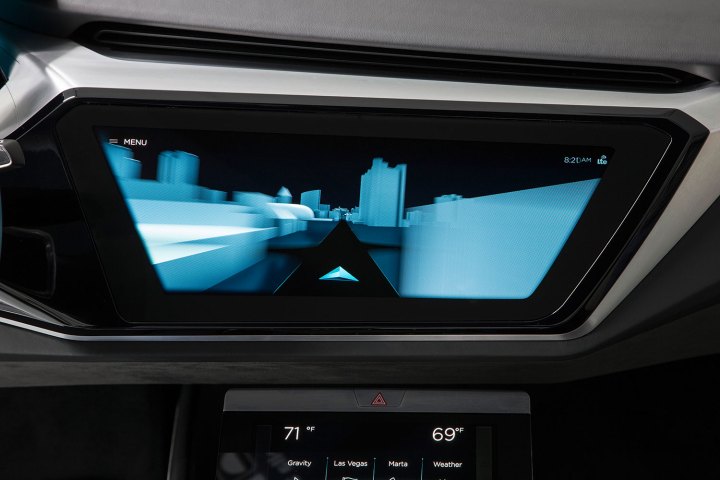
The idea is that the addition of haptic feedback on these screens will improve the human-machine interaction process, and allows for safer control of various applications. When you can actually feel something happen, perhaps you won’t have to take your eyes off the road to verify a change. “We all know our voice experience isn’t always great in cars,” Rick Bergman, president and CEO at Synaptics, told VentureBeat. “You’ll see this technology used side by side with others. You don’t have to interrupt your music to initiate navigation.”
By 2017, the company says, this sort of technology might be found all over cars — everything from dashboards to steering wheels could feature Synaptics ClearForce technology. While some cars already feature Synaptics chips, the hope is that these capabilities could soon be ubiquitous in the 21st-century car.
There’s no word yet on how exactly the haptic feedback system will work, but Bergman seems confident about the possibilities in store for Synaptics. “We think this is a roughly 2017 technology,” he told VentureBeat, so get ready for some seriously responsive touchscreens in the cars of the near future.


